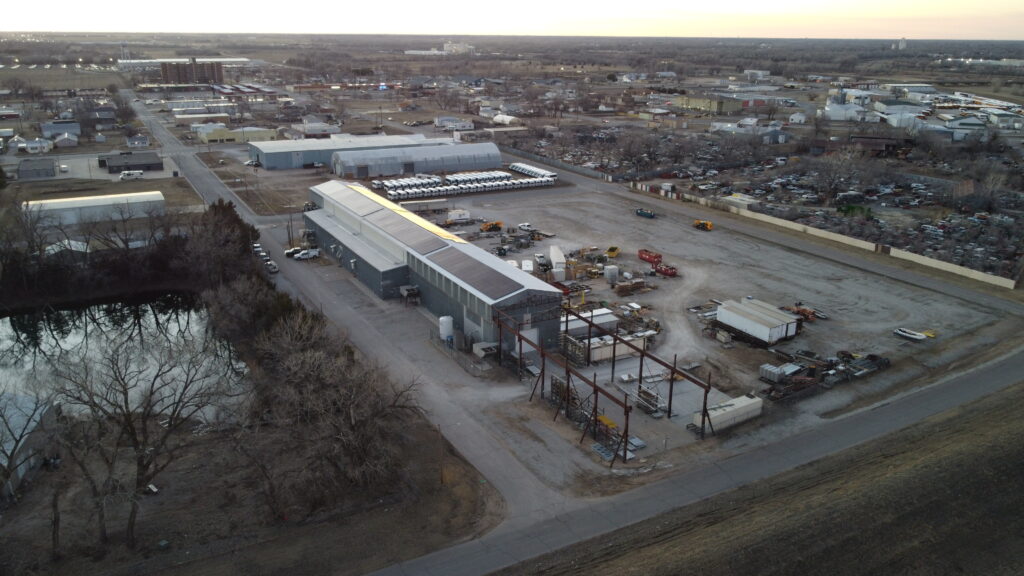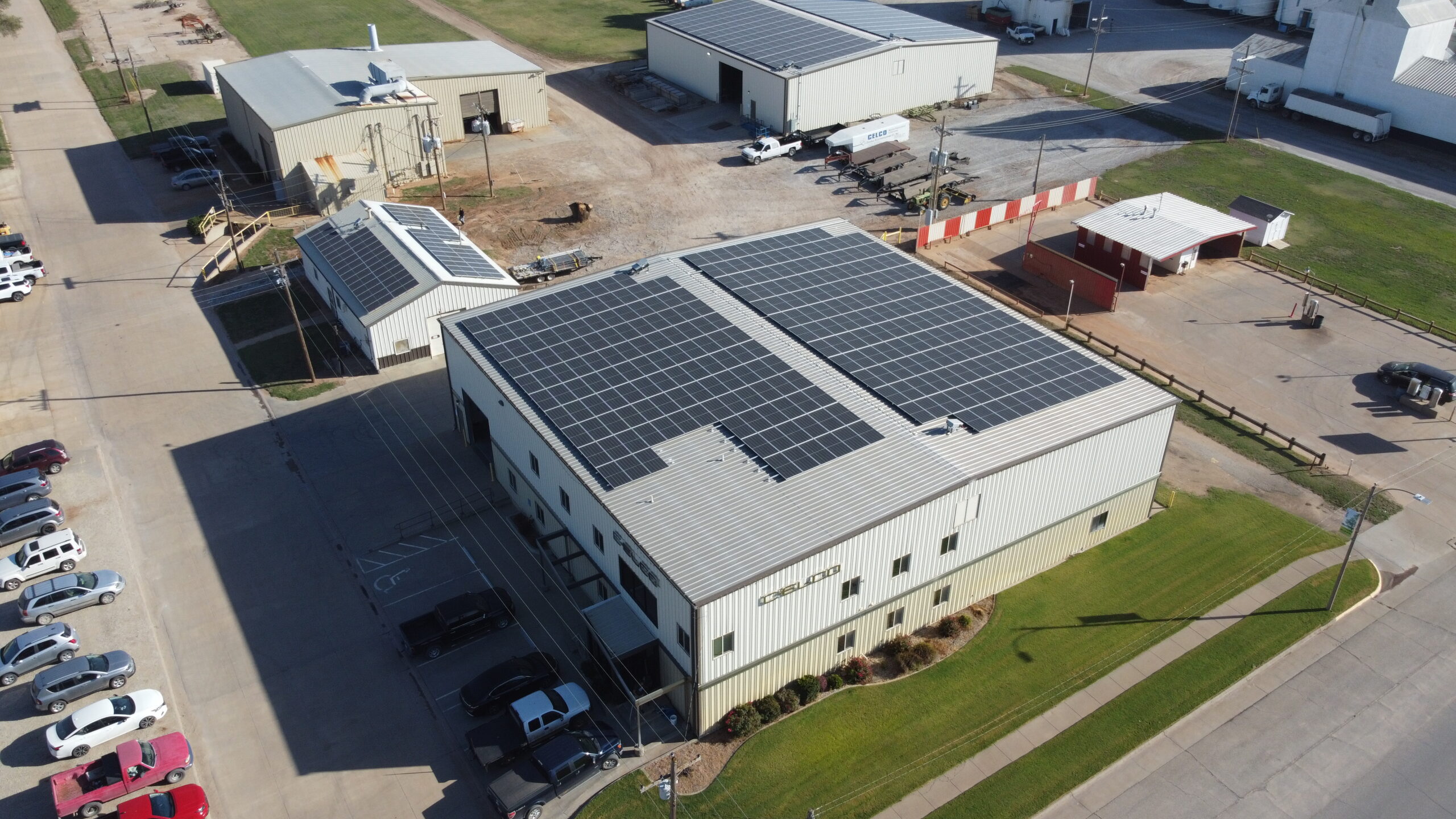If your business is planning a solar project in the next 12 to 24 months, now is the time to make sure you don’t leave money on the table. How? You safe harbor solar ITC.
The IRS Safe Harbor provision allows you to preserve the full 30% Investment Tax Credit (ITC) by taking early steps, even if construction finishes later. This is especially important in 2025 as the federal budget bill threatens the future of commercial solar ITC.
Artisun Solar guides clients through this process all the time. Whether you’re budgeting for a rooftop system, a ground-mounted array, or solar for a multi-site portfolio, Safe Harbor can make a significant difference in your project’s financial outcome.
What Does it Mean to Safe Harbor Solar ITC?
Safe Harbor is an IRS rule that lets you preserve the full 30% ITC rate by showing that your solar project has started construction.
You don’t need to have steel in the ground or panels on the roof yet. The IRS recognizes two paths to demonstrate progress: physical work or financial expenditure.
Physical Work Test: You begin significant physical work on the project (like installing mounting racks or pouring concrete pads).
5% Expenditure Test: You incur at least 5% of the project’s total cost, usually by buying equipment or putting a deposit down with a contractor.
Either approach will secure your 30% ITC status, according to the IRS, as long as you continue to make reasonable progress toward project completion.
Why Safe Harbor Matters
Commercial solar projects take time. Between design, procurement, permitting, and construction, timelines can stretch 6–18 months. In that time, tax policy could shift as we’ve already witnessed with the House-passed budget bill. Safe Harbor protects your project against that uncertainty.
That 30% credit directly offsets your tax liability, dollar for dollar.
For a million-dollar installation, that’s $300,000 in value. That capital can go back into your business, fund other initiatives, or improve your financing position. Lenders see a stronger ROI and more predictable cash flow when Safe Harbor is in play.
The ITC is often the single most valuable incentive in a solar deal. Safe Harbor is the way to make sure you don’t lose it.
And in 2025, that clock to Safe Harbor a project may be ticking faster than ever.
If the Senate passes the budget bill as it is currently written, businesses would have just 60 days from the bill’s signing to show progress on their solar installations (see above), with completion required by the end of 2028.
The Best Way to Qualify: 5% Expenditure Strategy
Most commercial clients opt for the 5% expenditure path because it’s simpler and more predictable than initiating physical construction. Here’s how we guide clients through it:
- Spend at least 5% of the project’s anticipated total cost on qualified items. That could include purchasing modules, racking, or inverters; making deposits; or paying for engineering and development services.
- Ensure rigorous documentation. You’ll need contracts, invoices, and proof of payment to support your Safe Harbor claim during a tax review.
- Maintain consistent progress after qualifying. The IRS requires that projects show a reasonable path toward completion. Gaps in activity can jeopardize eligibility.
These steps aren’t hard, but they must be executed carefully. That’s where having an experienced commercial solar installation partner makes all the difference.
Common Missteps to Avoid & What’s Expected
Qualifying for Safe Harbor isn’t a one-and-done task.
Once you’ve hit the 5% threshold or started physical work toward your installation, you’re expected to maintain “continuous effort.”
That doesn’t mean nonstop construction, but it does mean the project needs to keep moving forward in a reasonably consistent way.
Common pitfalls includes:
- Waiting too long. If you’re planning a project in the next year, the time to qualify is now (not after design and financing are finalized).
- Spending too little. If your project is projected to cost $800,000, you need to spend at least $40,000 before the deadline.
- Inadequate records. Verbal agreements and vague invoices won’t hold up under IRS scrutiny.
- Stalling after qualification. If progress stops for too long, the IRS may disqualify your claim.
With 15 years in the commercial solar industry, Artisun Solar knows the ins and outs of Safe Harbor.
We help our clients build a schedule that supports this requirement. That can include additional engineering milestones, procurement activity, or key planning work.
The goal is to demonstrate that your project is progressing toward completion, on a timeline that works for you.
The IRS isn’t trying to trip you up, but they do expect clear, consistent effort. And they expect you to be able to prove it.
Our Role in Making This Work
When you work with Artisun Solar, Safe Harbor is part of our approach from the very beginning. We design each project with tax planning in mind, so you’re not scrambling to protect your credit after the fact.
Our team manages the technical details—procurement, documentation, timelines, reporting—but more importantly, we guide you through the decisions that put you in control of your outcome.
If there’s one thing we’ve learned over hundreds of projects, it’s this: the earlier we plan for Safe Harbor, the more value we can deliver for your business.
The Bottom Line
By helping you Safe Harbor solar ITC for your upcoming commercial solar installation, Artisun Solar delivers real financial impact. But it only works if you act early and execute carefully.
If you’re looking at solar, don’t wait. Now is the best time for your business to invest in solar.
We’ll help you evaluate where your project stands, determine your best path to qualification, and ensure everything is handled correctly—on paper and in practice.
Ready to take control of your energy future and protect your tax credit?
Request Your Solar Assessment.
Let’s have the conversation now so you’re positioned to benefit later.
Learn more by checking out our Guide To Solar Savings: Understanding the ROI and Benefits of Commercial Solar Energy





